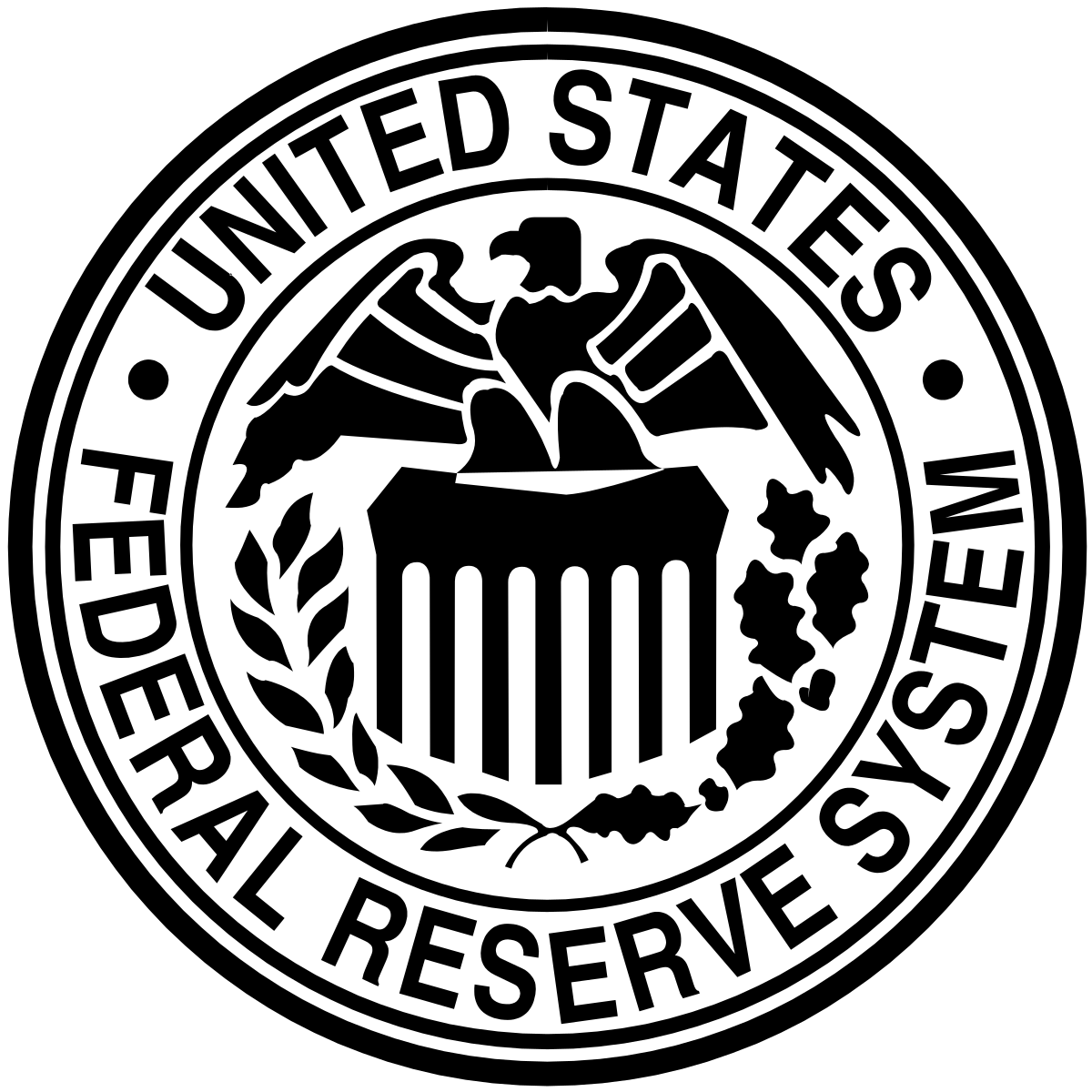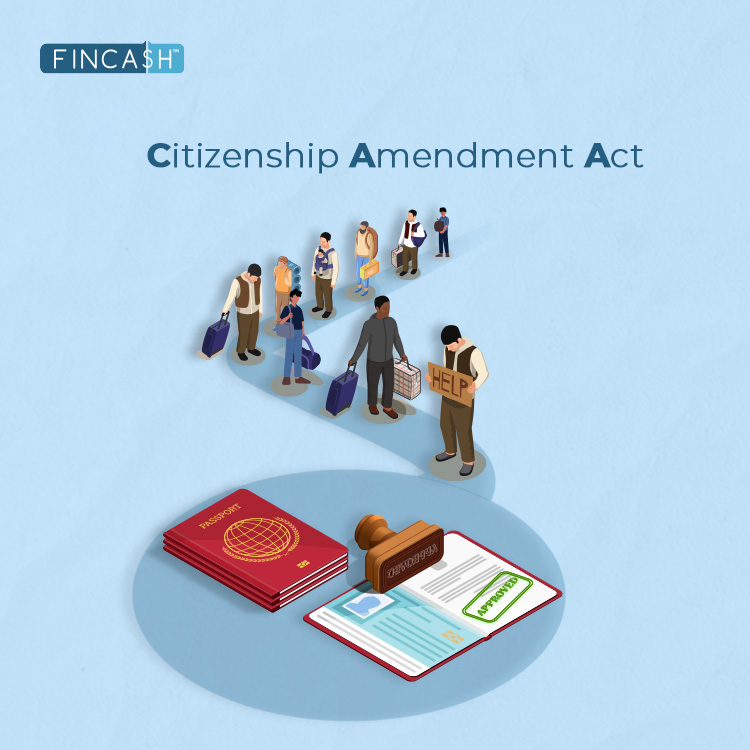About the Hart-Scott-Rodino (HSR) Antitrust Improvements Act of 1976
HST Antitrust Improvements Act
The Hart-Scott-Rodino act makes it mandatory for companies and individuals to provide a detailed report to the US federal government for acquiring the stocks and assets or merging with another company. This reporting helps the US government ensure that the deal between the two parties has no negative impact on the country’s commerce.

When companies decide a merger, they are supposed to complete and submit the notification form to the federal government of the United States. Each party has to wait for at least a month so that the regulators get sufficient time to evaluate the transaction and gather more details about it. This is mainly done to ensure that the particular transaction between the two companies does not violate the United States’ anti-trust laws and cause no harm to the country’s commerce. Usually, the HSR reports are not exposed to the public, especially if it is a private merger. However, some regulatory agencies can make the transaction public.
Overview of the HSR Improvements Act of 1976
If the party fails to file this notification form, then they will have to bear a penalty of $41,484. The regulators have the right to charge the directors, business associates, and managers of the companies included. Besides that, the regulators can also order the company to disassociate from the particular assets they have acquired by another company.
This means the HST Antitrust Improvements Act of 1976 requires the parties to file a form with the federal government before acquiring assets and other securities from another company. They can only execute the transaction once the regulating agency has researched, assessed, and accepted the merging.
The penalties are applicable if the party fails to file a form or they carry out the transaction during the review process. Basically, this process lasts for 30 days. However, if the regulating agency needs more time for further evaluation, they have an option to apply for extra time for a proper review. Similarly, the parties filing for the merging can request the higher-authorities to terminate the waiting duration soon. This is commonly known as early termination, i.e. when the US government cancels the 30-days of the reviewal process and allows the parties to execute the transaction.
Talk to our investment specialist
Is There a Filing Fee for the Notification Form?
It is important to note that filing the notification is only needed when two parties exceed the maximum size of the transaction for a mutual agreement. If the transaction limit doesn’t go beyond the set threshold, then the parties are free to execute the transaction without having to file the notification form with the federal government.
Now, the government is charging a filing fee. A major portion of the fee has to be paid by the acquiring company. Basically, the total fee the parties are supposed to pay for filing the notification depends on the size of the parties and the transaction limit. The companies have to pay approx $45,000 for a transaction exceeding $78 million. The fee is around $125,000 if the transaction between two parties exceeds $156.3 million.
All efforts have been made to ensure the information provided here is accurate. However, no guarantees are made regarding correctness of data. Please verify with scheme information document before making any investment.












